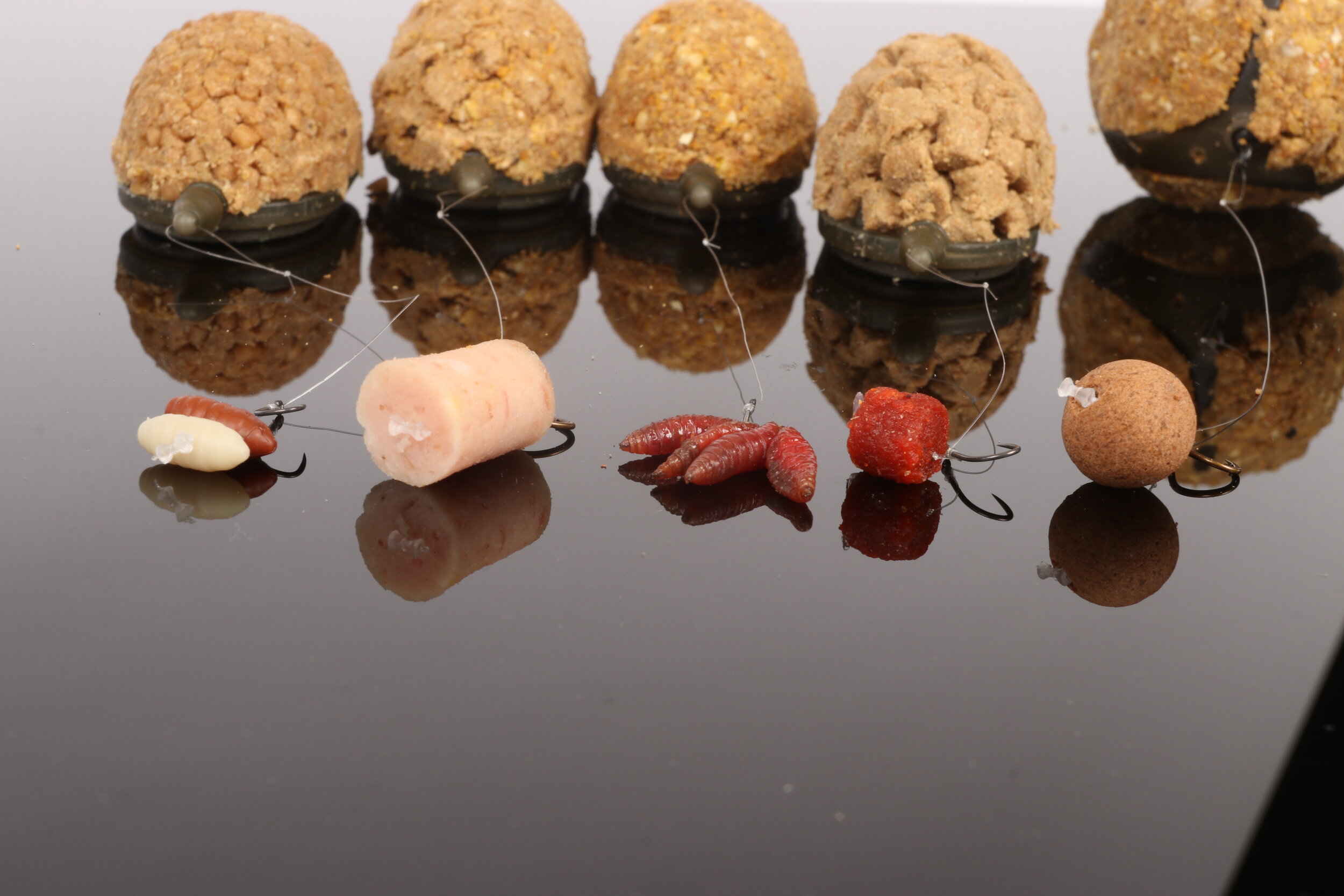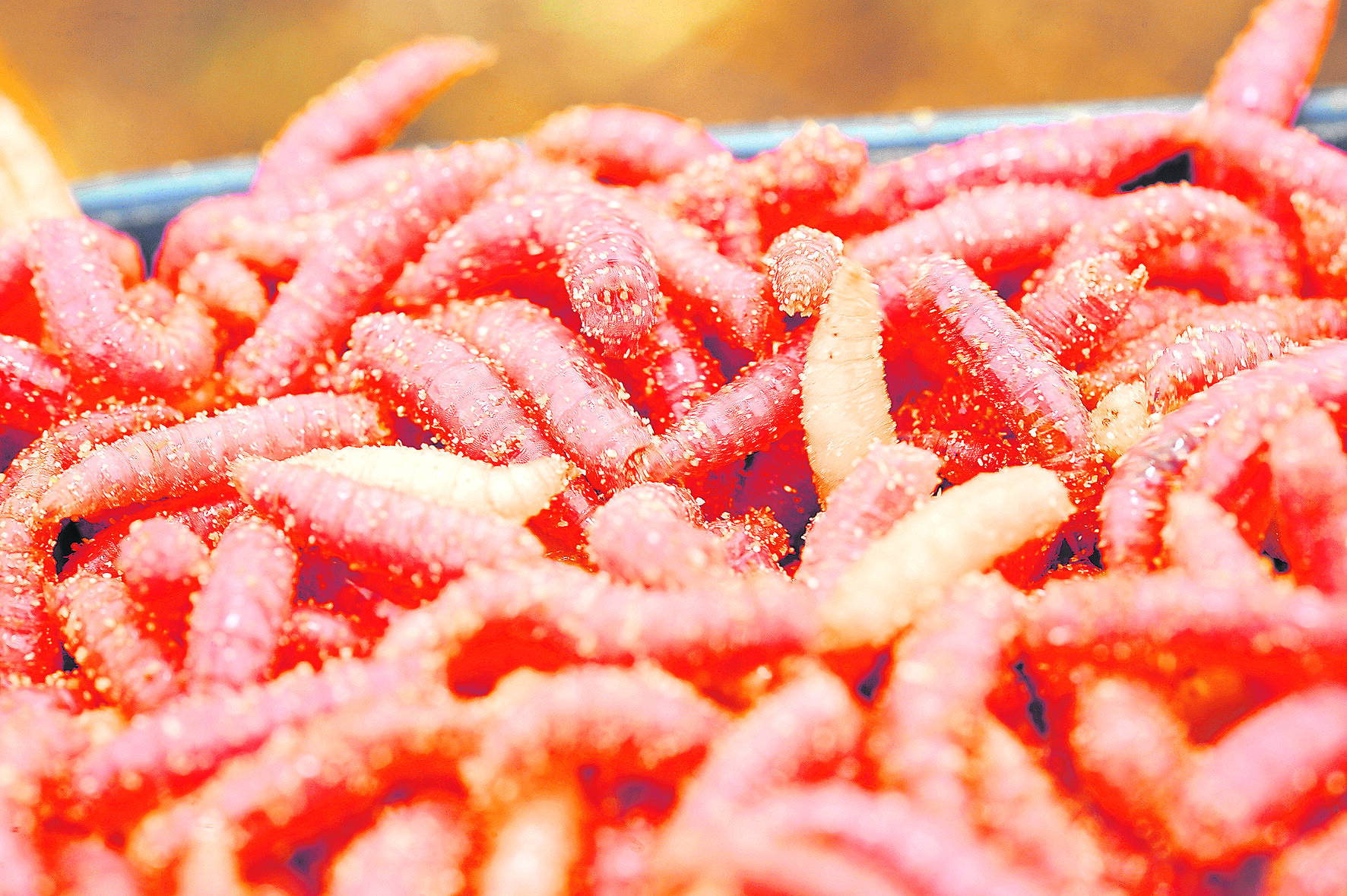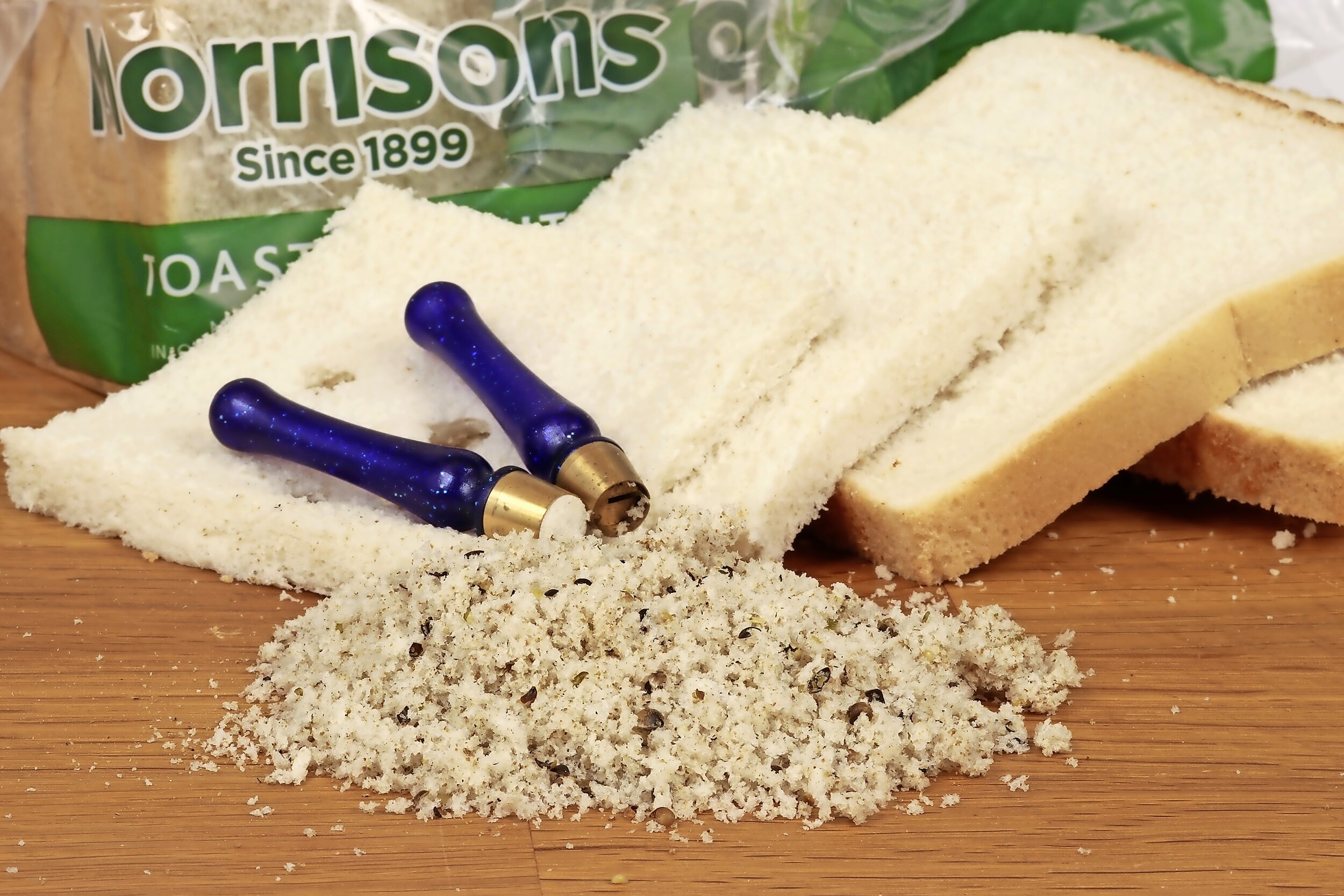Why do fake plastic baits still catch fish?
It seems baffling that any fish in its right mind would ever be caught on a fake plastic bait, but the fact of the matter is they do, and many thousands of huge fish are caught each year on artificial fishing baits.
For hundreds of years pike anglers have been catching their quarry using fake baits, either spinners, spoons or lures, with fantastic results. So why shouldn’t other non-predatory coarse fish suck up a fake bait?
It stands to reason that they should, after all a fish is a fish regardless of its species and where it lives.
The only reason that pike anglers catch fish using artificial baits is because they cast out their baits to the right place at the right time. Some say they catch the pike because they have made the pike angry, but that’s incidental – the bait still has to be in the right place at the right time.
And that’s all there is to catching coarse fish using plastic baits – they have to be cast and presented correctly in the right place at the right time – just like any other bait.
ADVANTAGES OF USING FAKE BAITS
The number one reason why anglers use imitation fishing baits is because they are trying to target specific species such as carp, bream, tench or barbel and they do not want there bait to be chewed and ruined by smaller fish such as rudd, roach, gudgeon or skimmer bream. And one way to prevent that happening is to use a tough, fake bait that cannot be chewed and destroyed.
Other reasons include the ability to easily present a popped-up bait off the bottom where the fish can easily see it, and there’s also the advantage that imitation baits can’t be knocked off the hook or break down like bread, dog biscuits or pellets do.
Finally, you try casting a piece of side-hooked bread crust 50 yards to surface feeding carp. It’s impossible – but not when you use fake bread.
WHY TO FISH TAKE THEM?
There’s no scientific reason why fish take fake baits – the answer is quite simple and not mysterious in any way. They simply fool the fish into thinking that the bait is just the same as natural baits like corn or man-made baits such as pellets.
So long as you are fishing in the right place at the right time and your bait looks natural in the water a fish will come along and take it.
ADDING SCENT TO FAKE BAITS
Most fake baits are simply look-alikes. They don’t smell like the real thing. So in order to attract the fish into your swim out of visual range you’ll have to introduce some scent or face waiting a while for a fish to pass and spot the bait.
This can be done to two ways: you can either flavour the fake bait or you can introduce real items of scented attractants or feed baits.
Flavouring your fake bait isn’t the best option as sooner or later the smell will have fully dispersed. To flavour the baits simply store them in a small canister (a camera film pot is ideal) floating in a liquid additive that suits the bait.
The second method is the most successful though where you feed the real thing around your fake bait – like real grains of corn over the top of your fake corn bait. Or try using a groundbait, a bed or hemp, a bed of pellets or a PVA bag filled with good attractors known to tempt the fish you are targeting.
10 WAY TO USE FAKE BAITS
1) Tip pellets and boilies with fake corn
Tipping bottom baits like boilies and pellets with a piece of buoyant fake corn has several benefits.
First, the brightly-coloured corn helps the hookbait stand out from the crowd, meaning that you get bites faster as the fish home in on the hookbait. Equally importantly, using buoyant corn will counterbalance the weight of the hook and bait, so when a fish sucks up the hookbait it will travel further back in the mouth, securing a better hookhold.
2) Create a tench T-rig
Developed by ingenious tench anglers, the T-rig is a great way of presenting a stack of fake maggots that doesn’t look like a stack! With the baits threaded on to the hair in a T-shape the fake baits stand proud and are more noticeable.
The unusual shape also makes it harder for rig-shy tench to eject the hookbait. Try this presentation over a bed of dead red maggots.
3) Fish a balanced corn stack
Combining floating and sinking fake baits allows you to adjust their buoyancy and make a wafter-style hookbait that is very easy for the fish to pick up. The stack of corn sits upright off the bottom with the hook beneath – very visible but with the metal hidden. Using micro corn at the top gives a more streamlined presentation.
4) Pop-up fake bread
Whether targeting carp or chub, popped-up bread can be very effective, but it takes confidence to cast out such a fragile bait.
Why not replace the real thing with a chunk of fake bread? Use a short hair rig and also hook the bread on, so that it sits really tight to the hook. This way you will definitely hit more chub bites on the river.
5) Hair-rig a fake maggot on the Method feeder
Most of the record-rocking crucians caught over the last few seasons have fallen to fake baits, normally maggots or casters, fished with a small Method feeder loaded with either micro pellets or groundbait. For best results use a size 14 or 16 hook and trim the maggot down so that the hook only just sinks.
6) Make a surface-sighter
Spotting your mixer in a flotilla of other floating baits can be a nightmare, and many’s the time I have struck when the wrong bait has been taken, ruining my chances of catching a big carp!
Now, I always use a ‘sighter’ – a small piece of coloured foam or a pop-up boilie above the mixer – so that I can identify the hookbait amid the feed. A small piece of fake bread is the ideal sighter, proving to be very visible as well as adding to the buoyancy of the hookbait.
7) Tie a medusa rig
This conspicuous real maggot and fake corn combo has taken many big carp, bream and tench. Use it with a PVA bag of maggots attached via a maggot clip below the inline lead and a short braided hooklength. A size 14 hook is tied to the hair and a piece of fake buoyant corn is threaded on and the small hook pulled into it. A size 10 hook is then tied on to leave a small gap between hook and corn. Three maggots complete the rig.
8) Beat small fish with fake maggots
Barbel love maggots, but small chub and dace can make using them on the hook a nightmare, especially at this time of the year on the river. My solution is to replace the real thing with fake maggots on the hair. While small fish will leave the hookbait alone, the barbel are unable to distinguish them from the real thing and will hoover the whole lot up in one go. Fill a large oval blockend feeder with red maggots, and remember to keep recasting regularly to get that trail of maggots going downstream.
9) Dob bread on the surface
Carp are suckers for surface baits at this time of year, but birdlife can make feeding floating baits a real pain in the backside. Instead, I will often rely on the pulling power of a boosted hookbait to attract the carp’s attention. The spongy nature of fake bread is ideal for dipping in liquid additives, and it can then be sprinkled with powdered attractors that will stick to the outside, giving off even more attraction. Dunk the hookbait close to a carp and watch it search out the source of the smell.
10) Make a mag-aligner
This clever rig was originally developed for winter carp fishing, when maggots are the number one bait on many venues.
Since then it has proved super-effective for chub and barbel in the cold and tench in the summer too. With a sewing needle, carefully thread a sinking bronze maggot on to a soft braided hooklength. Now tie on a size 10 hook and pull the fake maggot on to the shank. The fake bait helps to disguise the hook and also acts as a line-aligner, helping the hook to turn in the mouth and prick the fish. With a couple of real maggots on the hook the rig is all set.

















